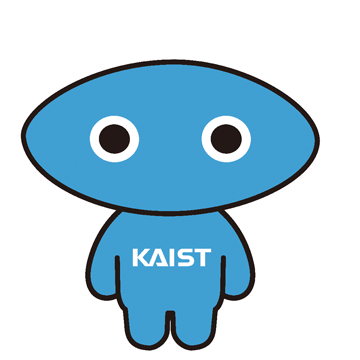단어 임베딩을 이용한 텍스트 유사성🤚
의미 유사성을 바탕으로 적절한 공간에 위치시키는 방법이 단어임베딩입니다.
One-hot enconding을 사용할 수도 있지만, 이 경우 단어의 유사성을 파악하기는 어렵습니다.
단어가 10M 개가 있다고 가정해봅시다. 100,000,000 개를
1000개의 차원의 벡터 x = (x_1, ..., x_1000) 으로 투영시키는 경우를
생각할 수 있습니다. 두 단어의 유사성은 한 문장에 두 단어가 동시에 위치할 경우, 관계가 높다고 할 수 있습니다.
코드를 리뷰하면서 관련 내용을 살펴보겠습니다.
중요한 라이브러리
|
%matplotlib inline
import os
from keras.utils import get_file
import gensim
import numpy as np
from sklearn.manifold import TSNE
import json
from collections import Counter
from itertools import chain
|
구글 뉴스데이터를 바탕으로 임베딩한 단어 Word2Vec 사용
|
MODEL = 'GoogleNews-vectors-negative300.bin' path = get_file(MODEL + '.gz', 'https://deeplearning4jblob.blob.core.windows.net/resources/wordvectors/%s.gz' % MODEL)
if not os.path.isdir('generated'):
os.mkdir('generated')
unzipped = os.path.join('generated', MODEL)
if not os.path.isfile(unzipped):
with open(unzipped, 'wb') as fout:
zcat = subprocess.Popen(['zcat'],
stdin=open(path),
stdout=fout
)
zcat.wait()
|
cs |
|
model = gensim.models.KeyedVectors.load_word2vec_format(unzipped, binary=True) |
cs |
Gensim은 word2Vec 라이브러리이다.
관련 함수들을 사용할 수 있다.
Gesim 모델에서 가장 중요한 함수
- most_similar: 가장 유사한 단어들을 보여줍니다. topn=x 를 하면 개수를 선택할 수 있다.
A가 B일 때 C는 무엇?
벡터의 덧셈 연산을 통해서 C와 가장 비슷한 res를 반환한다.
|
def A_is_to_B_as_C_is_to(a, b, c, topn=1): a, b, c = map(lambda x:x if type(x) == list else [x], (a, b, c))
res = model.most_similar(positive=b + c, negative=a, topn=topn)
if len(res):
if topn == 1:
return res[0][0]
return [x[0] for x in res]
return None
A_is_to_B_as_C_is_to('man', 'woman', 'king')
out[13]:
'queen'
#응용1
for country in 'Italy', 'France', 'India', 'China':
print('%s is the capital of %s' %
(A_is_to_B_as_C_is_to('Germany', 'Berlin', country), country))
out[]:
Rome is the capital of Italy
Paris is the capital of France
Delhi is the capital of India
Beijing is the capital of China
#응용2
for company in 'Google', 'IBM', 'Boeing', 'Microsoft', 'Samsung':
products = A_is_to_B_as_C_is_to(
['Starbucks', 'Apple'],
['Starbucks_coffee', 'iPhone'],
company, topn=3)
print('%s -> %s' %
(company, ', '.join(products)))
|
cs |
TSNE(t-distributed stochastic embedding)🤓
TSNE는 고차원의 벡터를 저 차원으로 투영시키는 임베딩입니다. 고차원의 벡터를 시각적으로 나타내기는 어려움으로, 2차원의 평면으로 나타내는 게 일반적입니다. n_components=d 로 설정함으로써 원하는 차원을 설정할 수 있습니다.
-
from sklearn.manifold import TSNE 에는 TSNE가 존재한다.
vectors = np.asarray([x[1] for x in item_vectors])lengths = np.linalg.norm(vectors, axis=1)norm_vectors = (vectors.T / lengths).Ttsne = TSNE(n_components=2, perplexity=10, verbose=2).fit_transform(norm_vectors)## 훈련 진행---------------------x=tsne[:,0]y=tsne[:,1]fig, ax = plt.subplots()ax.scatter(x, y)for item, x1, y1 in zip(item_vectors, x, y):ax.annotate(item[0], (x1, y1), size=14)plt.show()cs

'딥러닝 > 자연어(NLP)' 카테고리의 다른 글
| 나만의 자연어처리 공부방법 (0) | 2020.08.24 |
|---|---|
| About NLP (0) | 2020.07.23 |
| Colab에서 한글 사용하기 (0) | 2020.07.17 |
| Word2Vec을 활용한 단어 유사성 (0) | 2020.07.15 |
| [논문 리뷰] 트위터 길이와 감성의 관계 분석 (0) | 2020.05.10 |
